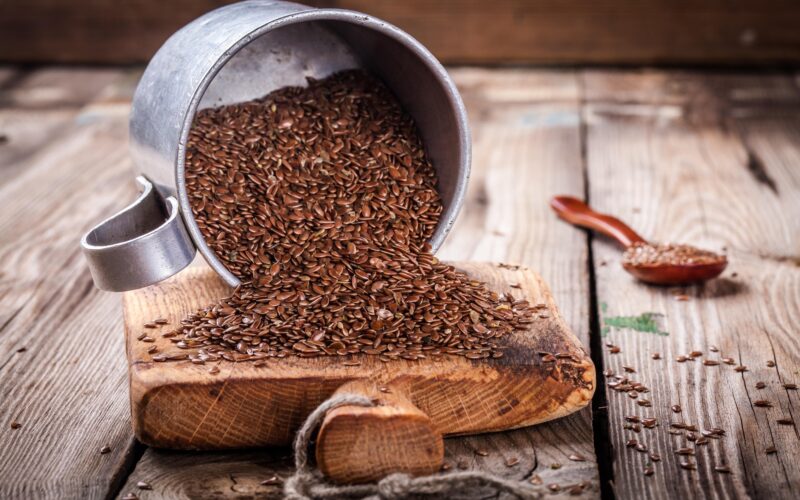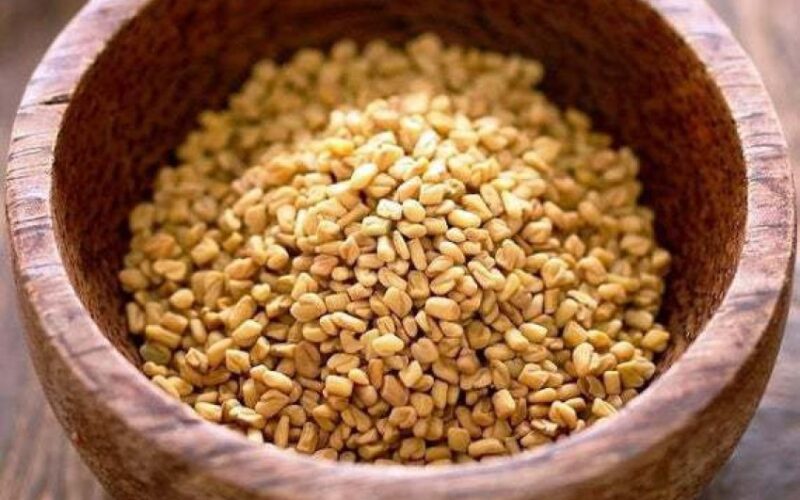Slippery Elm
Name: Common Name: Slippery Elm Scientific Name: Ulmus rubra Description: Slippery Elm is a deciduous tree, growing up to 20 meters tall. It has dark brown, rough bark, broad leaves with a rough texture, and small clustered flowers. The inner bark is the most commonly used part in herbal remedies. Origin and Distribution: Native to eastern North America, Slippery Elm is commonly found in the central and eastern United States and parts of Canada. Cultivation and Care: This tree prefers moist, well-drained soil and partial to full sun exposure. It's relatively easy to grow but can be susceptible to Dutch…



